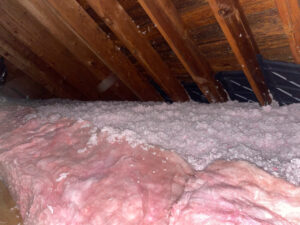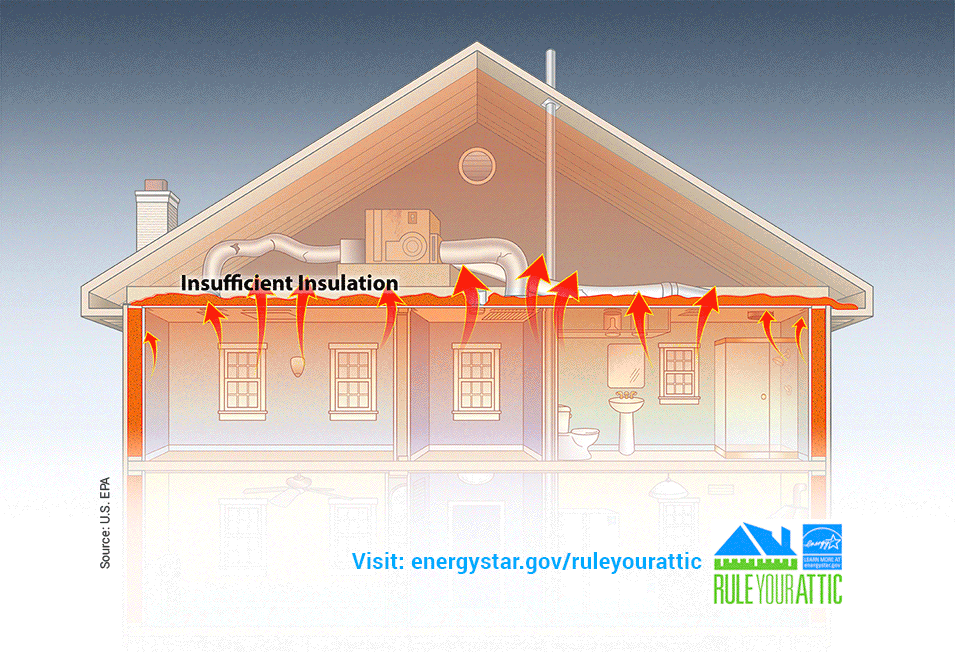
Keep the house evenly toasty!
When winter arrives, many homeowners experience a common issue: some rooms feel uncomfortably cold while others remain warm and cozy. This variation affects not just comfort but also highlights potential problems with heating systems and insulation. By understanding why this happens, you can take action to create a more comfortable living environment across your home.
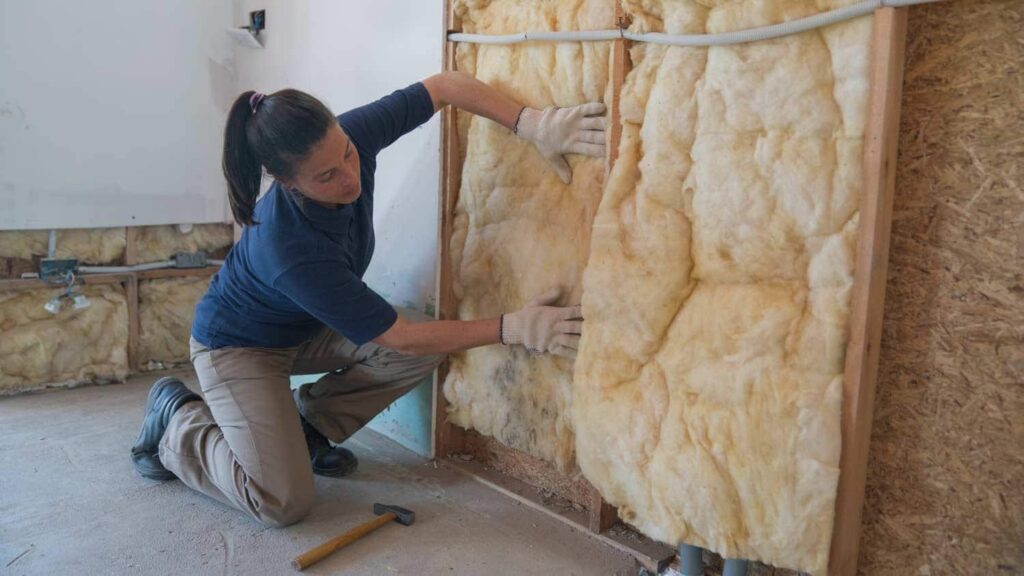
Insulation Matters
Insulation is vital for keeping your home at a consistent temperature. It traps heat inside and stops cold air from entering. Sadly, many homes are under-insulated. In fact, a report from the U.S. Department of Energy shows that 9 out of 10 American homes are inadequately insulated, contributing to high energy bills.
Cold drafts can sneak in through small gaps around windows, walls, and doors. If your attic lacks proper insulation, heat can escape, creating a negative pressure zone. Cold air then rushes in through openings like wiring holes or unsealed plumbing fixtures, leaving rooms chilly.
A quick check of your home can help identify insulation gaps. For example, if you find cold spots near windows, consider adding insulation film or weather stripping. These simple measures can significantly boost the warmth of your living spaces.

Check for Air Leaks
Air leakage is another major factor in why some rooms turn cold. When heated air leaks out and cold air enters, you experience uncomfortable temperature changes.
Common areas to inspect for air leaks include:
Windows: Look for gaps in window frames. Using caulk or weather stripping can work wonders.
Doors: Ensure door sweeps fit snugly and weather stripping is intact.
Electrical Outlets and Switches: Air can creep through these. Adding foam gaskets is a quick fix!
Basements and Crawl Spaces: These areas often have unsealed vents and ducts that allow cold air in. Ensure they are properly insulated.
Sealing these points can improve your heating system’s efficiency and help warm those drafty rooms.
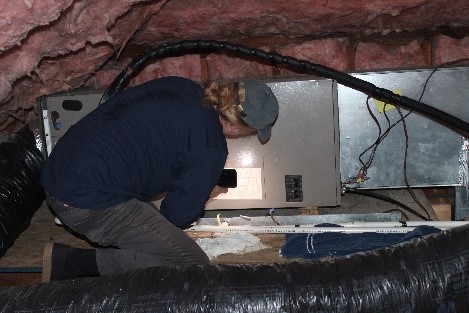
Heating System Efficiency
Your heating system plays a crucial role in keeping your home comfortable. If it’s old or inefficient, it might not distribute heat effectively.
Furnace Age: If your furnace is over 15 years old, consider upgrading to a more efficient model. New systems can improve heating efficiency by 20 to 30%.
Regular Maintenance: Schedule annual check-ups for your heating system to enhance performance. Regularly changing air filters can improve airflow and overall heating efficiency.
By ensuring your heating system is well-maintained, you will maximize comfort in every corner of your home.

Air Balancing and Duct Delivery
Many people overlook duct design and air balancing, which are vital for efficient heating. If air isn’t evenly distributed, hot and cold spots will develop throughout your home.
How to Diagnose Duct Issues:
Visual Inspection: Look for visible damage or blockages in the ductwork. Kinks or crushed sections can disrupt airflow.
Vents Check: Ensure all vents are open and not blocked by furniture. Even minor adjustments can balance air distribution.
Seek Professional Help: A qualified HVAC technician can perform an air balancing test to optimize airflow in each room.
If you discover persistent cold areas, it may be worth considering a redesign of your ductwork for improved efficiency.

Thermostat Placement and Zoning Systems
Lastly, the position of your thermostat affects perceived temperature. If it’s located in a warm or cold spot, it may not accurately reflect your home’s overall temperature, leading to inefficient heating.
Potential Solutions:
Relocate the Thermostat: Moving it to a central location can give a better reading of overall temperature.
Zoning Systems: For large homes, installing a zoning system allows individual control of different areas. This approach can enhance comfort significantly, potentially reducing energy bills by up to 30%.
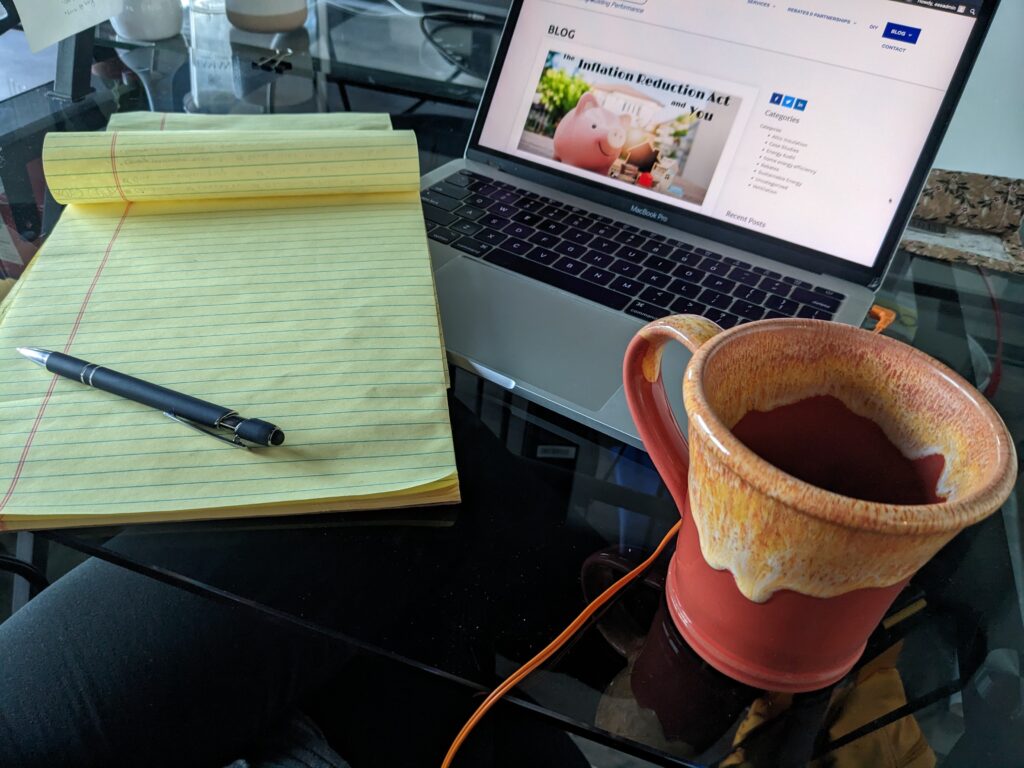
Final Thoughts
Experiencing temperature differences between rooms during winter can be frustrating. However, with some investigation and effort, you can identify and resolve many underlying issues. Whether it’s enhancing insulation, sealing air leaks, improving your heating system’s efficiency, or optimizing air distribution, taking actionable steps can create a more comfortable living space throughout your home.
As you prepare for colder months, remember that small changes can lead to significant improvements. Embrace the winter season with confidence, knowing you have the tools needed to create a warm and inviting home. Happy winterizing!

